Suit Pepper Fertilizer Products and Nutrition Plan to Growth Needs
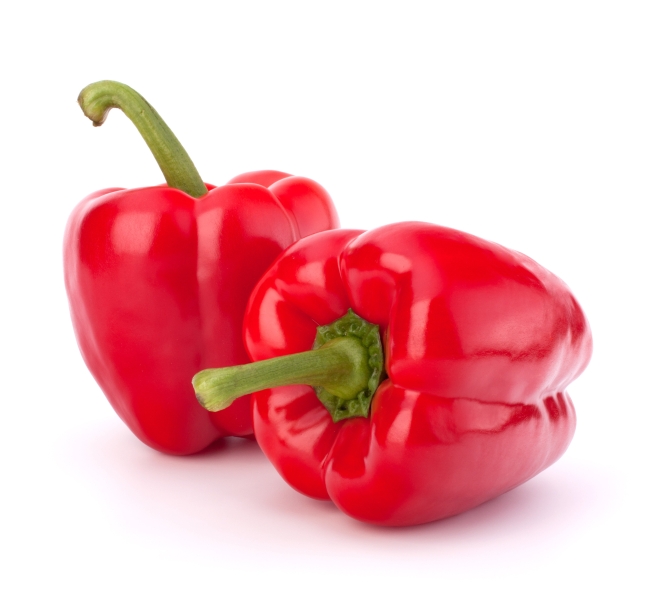 Experienced pepper growers understand that achieving consistent high yields requires strategic planning. Pepper is a versatile crop grown worldwide in diverse environments, from open fields to soilless greenhouses. The crop’s adaptability necessitates adjusting fertilization to match specific growth conditions.
Experienced pepper growers understand that achieving consistent high yields requires strategic planning. Pepper is a versatile crop grown worldwide in diverse environments, from open fields to soilless greenhouses. The crop’s adaptability necessitates adjusting fertilization to match specific growth conditions.
With decades of expertise, Haifa offers a comprehensive guide to pepper nutrition, featuring detailed recommendations for premium pepper fertilizer products and valuable cultivation insights. This knowledge empowers you to optimize your pepper fertilizer program, maximizing yields and ensuring a superior cost-to-benefit ratio.
Key Considerations for Pepper Crop Nutrition
Tailor Nutrition to Growth Stages
Pepper plants have distinct nutritional needs at each stage:
- Establishment: High phosphorus for root development (N:P2O5:K2O = 1:2:1)
- Vegetative growth: Balanced nutrition (N:P2O5:K2O = 1:1:1)
- Flowering to fruit set: Increased potassium (N:P2O5:K2O = 2:1:3)
- Fruit development & maturation: Maintain high potassium levels (N:P2O5:K2O = 2:1:3)
Choose the Right Nitrogen Source
Favor nitrate-N over ammonium-N (optimal NO₃⁻:NH₄⁺ = 4:1) to ensure balanced uptake of potassium and calcium while avoiding vegetative overgrowth and poor fruit set.
Ensure Potassium Availability
Potassium is vital for fruit development, carbohydrate accumulation, and stress resistance. Apply it abundantly from flowering onwards to boost yield and quality.
Prevent Calcium Deficiencies & BER
Calcium is crucial for cell wall integrity. Inadequate calcium, especially during early fruit development, causes Blossom End Rot. Prevent BER with steady water supply, adequate calcium fertilization, and foliar calcium applications.
Adapt Irrigation to Root Structure
Use drip irrigation with Nutrigation™ for precise nutrient and water delivery. Avoid both water stress and waterlogging to support healthy root systems and nutrient uptake.
Manage Salinity
Saline conditions interfere with uptake of key nutrients (K⁺, NO₃⁻, Ca²⁺). Mitigate salinity effects by:
- Applying ample amounts of potassium, nitrate and calcium
- Adding zinc to improve salt tolerance
Soil Suitability & Disease Prevention
Plant peppers in well-drained sandy loam soils with pH 6.5–7.5. Avoid planting after crops prone to soil-borne diseases (e.g., tomatoes, eggplants, potatoes).
Supplement with Foliar Nutrition
Use foliar sprays to quickly correct deficiencies or support development:
- Early stage: N:P2O5:K2O (1:1:1) to boost vegetative growth
- Reproductive stage: Foliar calcium to prevent BER and promote fruit set
Use Leaf Analysis for Precision
Regularly monitor nutrient levels in leaves to identify deficiencies or excesses early and adjust fertilization accordingly for optimized crop performance.
Incorporate Biostimulants Strategically
Apply biostimulants like HaifaStim™ to enhance stress resistance (e.g., heat, salinity), fruit set, and quality. Choose products based on growth stage and specific crop challenges.
Get detailed insights into pepper crop growth conditions and pepper nutrition
Haifa’s Pepper Fertilizer Products
The table provides a general indication only. Get detailed pepper fertilization recommendations.
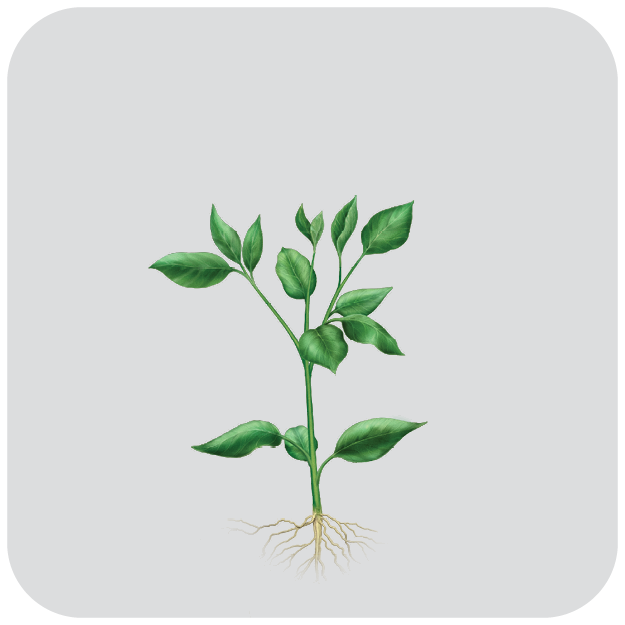 | 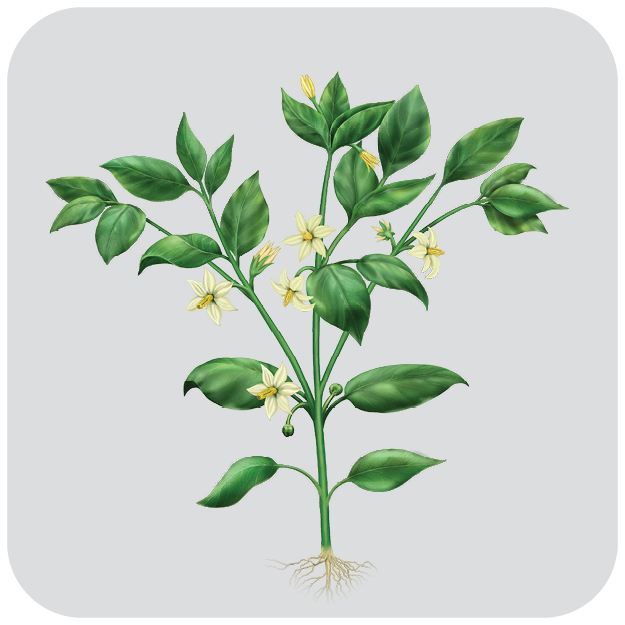 | 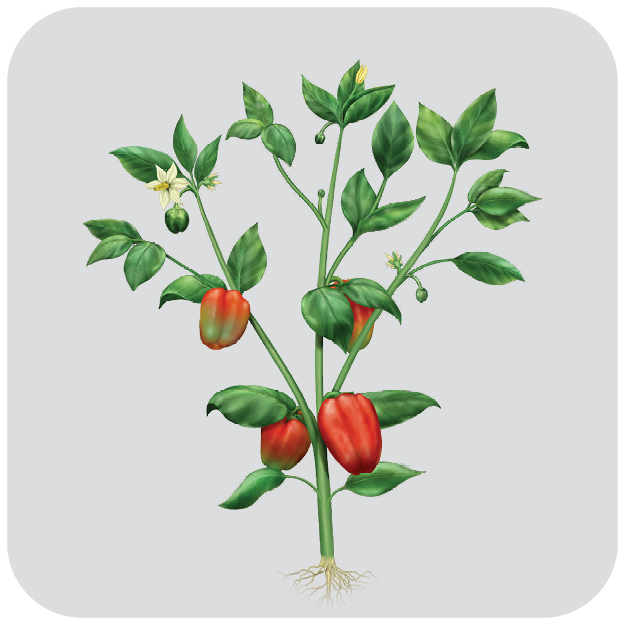 | 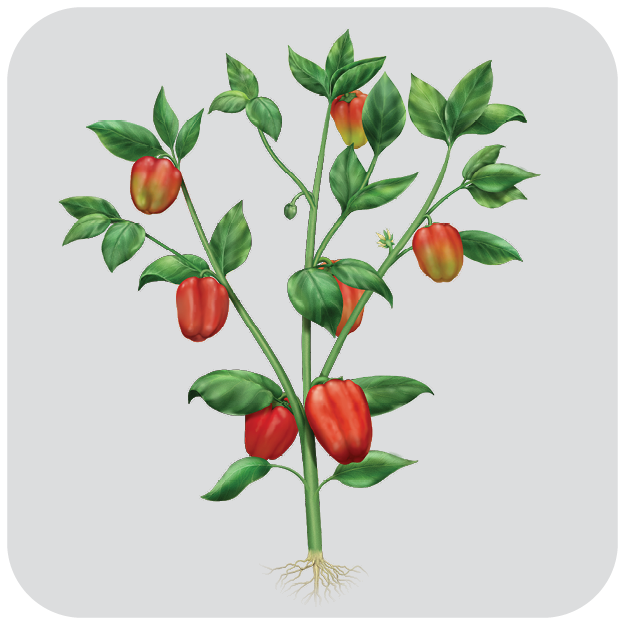 | |
Establishment & Vegetative | flowering and fruit set | fruit development | Ripening and harvest | |
| Nutrigation | Foliar sprays |
*The formula should be determined according to the growth condition and stage
See detailed nutritional programs for pepper crop in various growth conditions



